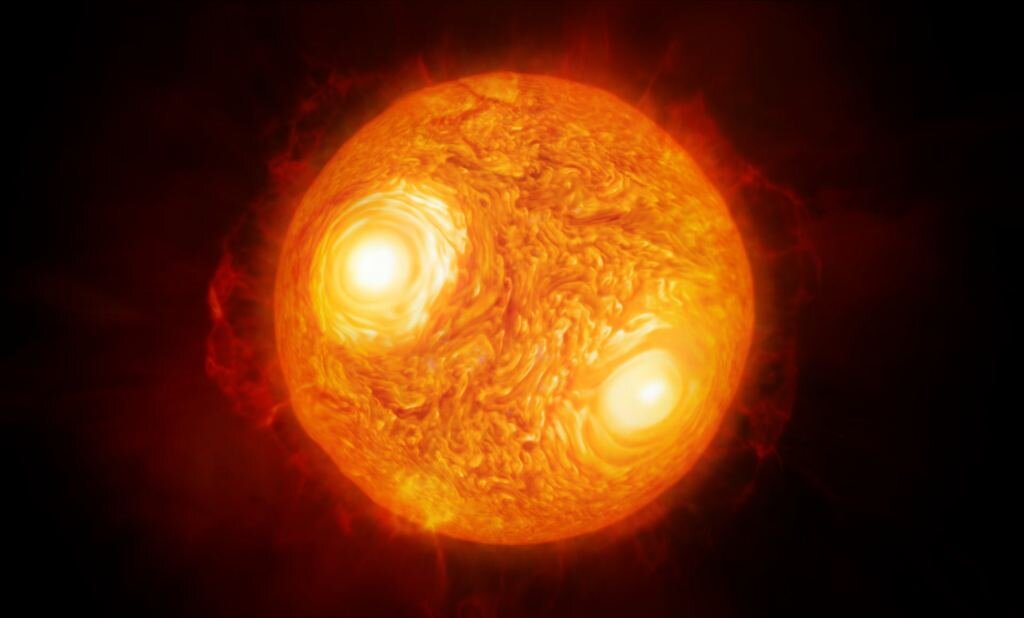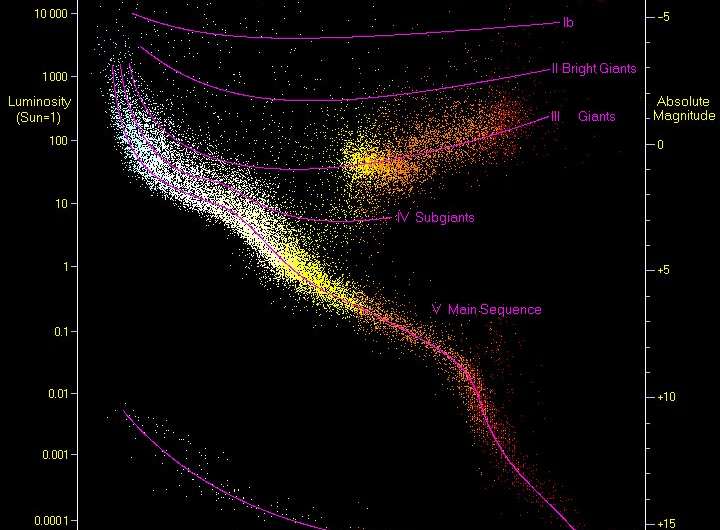Scientists have studied records dating back to the Middle Ages and the Ancient era in order to understand how the stars have evolved in the last few thousand years. They tested the assumption that Betelgeuse and Antares may have recently become red supergiants.

Hertzsprung Gap
Modern astrophysicists are interested in observations made many centuries ago. They studied records made in ancient Rome and China and medieval Europe and the Middle East. They were interested in the records of several large stars, such as Betelgeuse and Antares.
Now these luminaries are at the stage of a red supergiant. This is the last phase of their existence before they erupt as supernovae. It can last for thousands of years, although, for example, fluctuations in the brightness of Betelgeuse may indicate that it is approaching a peak. However, scientists have suggested that these stars acquired their current appearance quite recently.
Usually, the evolution of even massive stars is too slow for people to see it. However, in the Hertzsprung-Russell diagram, there is a region known as the Hertzsprung gap between the main sequence and the red supergiants. People are practically unknown to the stars which spectrum and luminosity indicators fell into this area.

However, the most massive stars in the process of their evolution must overcome the Hertzsprung gap. And this means that they pass very quickly — in just a few millennia, or even centuries. And it is this change that could fix observations made throughout human history.
Was Betelgeuse a yellow star?
Almost the only evidence that Betelgeuse has passed the Hertzsprung gap over the past millennia, which can be extracted from ancient astronomical records, is a color change. If somewhere its color is described as something other than “red”, this is evidence that it has made such a transition.
However, the ancient texts are quite vague. Judging by them about the real color of the luminary is quite difficult. However, when the authors compare the color of stars with objects that could not change it exactly, it can describe them quite accurately. The results of the study can be found in arxiv.org
The key was the work De Astronomica, written in Rome in the first century AD. There, the author compares the color of Betelgeuse with the “solar planet” Saturn, and not with Mars, which would be more logical in view of the current color of a huge star.

“Almagest” was written a century later in the list of the brightest red stars called Antares, but not Betelgeuse. And Sima Qian, a Chinese archivist of the 1-2 century BC, calls Antares red, and Betelgeuse a yellow star.
When Betelgeuse turned red
Studies by modern astrophysicists say that Betelgeuse has passed the Hertzsprung gap over the past few thousand years. However, a more accurate estimate of the time of this event is not given. But it can be obtained based on historical sources.
Ibn Qutayba in the 9th century AD describes the color of Betelgeuse as reddish. Tycho Brahe, who conducted the observation in the 16th century, agrees with him. And the myths of the peoples of Polynesia speak of this star as red.
So, it is quite possible to conclude that Antares remained a red supergiant throughout human history. But Betelgeuse became one about 1-2 thousand years ago. At the same time, the authors of the study note that the sources contain inaccuracies. But they do not greatly affect the result.
According to phys.org
Follow us on Twitter to get the most interesting space news in time
https://twitter.com/ust_magazine
